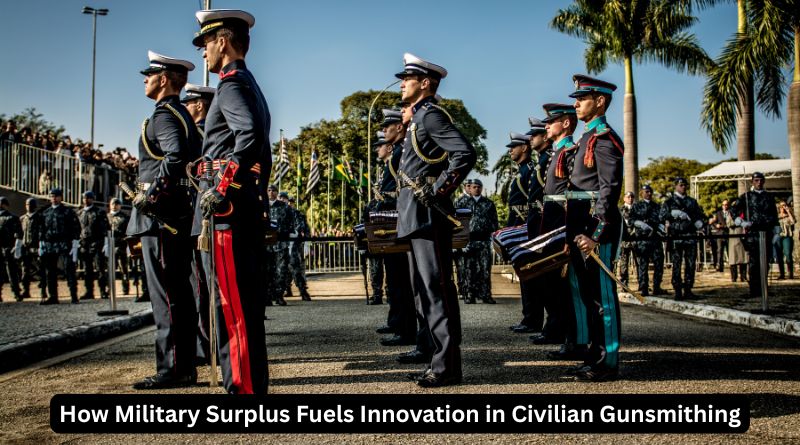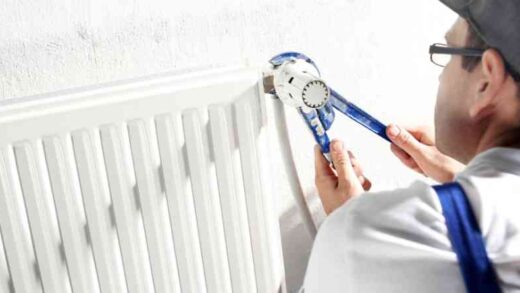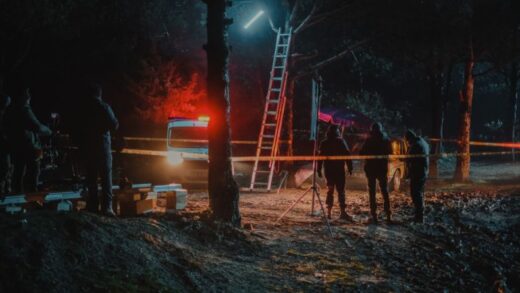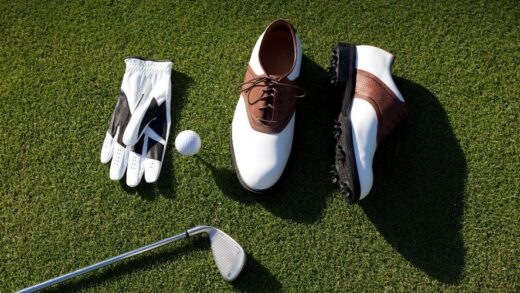How Military Surplus Fuels Innovation in Civilian Gunsmithing
Military surplus firearms have long provided civilian gunsmiths with both unique challenges and rewarding opportunities. As military stockpiles age or governments release retired equipment, surplus firearms enter civilian markets, where collectors, shooters, and hobbyists seek to restore, customize, or repurpose them. Sonoran Desert Institute reviews how surplus firearms continue to influence civilian gunsmithing, shaping everything from restoration techniques to specialized career paths. As an institution accredited by the Distance Education Accrediting Commission (DEAC), SDI emphasizes the value of surplus firearm work in developing hands-on skills, historical insight, and adaptable problem-solving for today’s gunsmiths.
Working on surplus firearms often requires adapting to outdated designs, worn components, and scarce replacement parts. Gunsmiths must develop creative solutions, such as fabricating parts, modifying existing components, or sourcing parts from specialized suppliers. These projects offer valuable opportunities to apply advanced restoration techniques, while preserving the firearm’s functionality and historical value. As interest in military surplus firearms remains strong, skilled gunsmiths continue to find steady demand for their expertise in this niche market.
The Appeal of Military Surplus Firearms
Military surplus firearms appeal to civilian shooters and collectors for several reasons:
- Historical significance and provenance
- Durable military-grade construction
- Affordable pricing compared to new production firearms
- Unique designs that are no longer in commercial production
- Potential for restoration or customization
Surplus rifles, pistols, and shotguns often serve as entry points for new collectors and gunsmiths interested in exploring historical models or developing restoration skills.
Evaluating Surplus Firearm Condition
Gunsmiths working with surplus firearms must first assess their condition, as years of military service, storage, or neglect can result in wear, corrosion, or missing parts. A thorough inspection includes:
- Barrel bore and rifling condition
- Action wear and headspace measurements
- Stock integrity and finish quality
- Rust, pitting, or exterior damage
- Presence of original markings and serial numbers
This evaluation informs decisions about restoration scope, safety repairs, and collector value.
Restoration for Collectors
Many surplus firearms carry significant historical value. Gunsmiths skilled in restoration help preserve originality, while stabilizing components against further deterioration. Common restoration services include:
- Cleaning corrosion while preserving patina
- Repairing or replacing cracked wood stocks
- Replacing missing screws, pins, or springs
- Light refinishing using historically accurate techniques
- Documenting repairs for transparency
Collectors often prioritize originality over heavy modifications, making careful, minimal restoration highly valuable.
Refurbishing for Shooters
Some surplus firearms serve as affordable range rifles or hunting tools rather than strict collector pieces. In these cases, gunsmiths may perform more extensive refurbishing to enhance function and safety, such as:
- Re-chambering for modern ammunition
- Replacing worn barrels
- Installing modern optics mounting systems
- Upgrading triggers, safeties, or magazines
- Rebluing or applying protective finishes
These modifications allow shooters to safely enjoy military surplus firearms in modern applications, while extending service life.
Custom Sporterization and Hunting Conversions
The sporterization of surplus military rifles has long provided gunsmiths with conversion work. While some collectors view sporterization as reducing historical value, many surplus rifles have been converted into accurate, affordable hunting rifles through:
- Barrel shortening and re-crowning
- Stock replacement or modification
- Trigger and bolt upgrades
- Caliber conversions
- Scope mounting and bedding work
Popular surplus platforms for hunting conversions include Mauser, Mosin-Nagant, Enfield, and Springfield bolt-action rifles.
Challenges of Surplus Parts Availability
Gunsmiths working on surplus firearms often face challenges sourcing original or compatible replacement parts. As military parts inventories dwindle, finding the correct components becomes increasingly difficult.
Solutions may include:
- Utilizing reproduction parts from specialized suppliers
- Machining custom replacement parts in-house
- Salvaging usable components from donor rifles
- Networking with surplus collectors and suppliers for rare parts
Resourcefulness in parts sourcing allows gunsmiths to complete complex restoration projects that others may find impractical.
Safety Considerations with Surplus Firearms
Not all surplus firearms remain safe to fire, without expert evaluation. Gunsmiths perform critical safety inspections before clearing surplus firearms for live fire use, addressing issues such as:
- Worn locking lugs or receiver stretch
- Improper headspace
- Barrel obstructions or corrosion
- Defective or brittle heat-treated components
- Outdated or unsafe ammunition compatibility
Responsible gunsmiths counsel clients on which surplus firearms are best kept as display pieces, versus those suitable for shooting.
Surplus Ammunition and Gunsmithing Impact
Surplus ammunition availability often influences civilian interest in specific surplus firearms. Gunsmiths may assist clients in safely modifying or adjusting surplus rifles to accommodate commercial ammunition or handloads that differ from original military specifications.
Chamber reaming, throat adjustments, and barrel replacements allow safe and accurate shooting with modern cartridges, while preserving the surplus firearm’s functionality.
Opportunities in Collector Services
Military surplus collectors often require specialized gunsmithing services that go beyond basic repairs, including:
- Marking verification and authentication
- Research on manufacturer variations
- Restoration of military unit markings
- Non-destructive disassembly and preservation
- Documentation for insurance or resale purposes
Gunsmiths with expertise in military surplus firearms build strong reputations among serious collectors seeking trustworthy service.
Legal Considerations in Surplus Firearm Work
Certain surplus firearms may fall under stricter legal guidelines depending on their features or origin.
Gunsmiths must stay informed about regulations concerning:
- Import restrictions and bans
- NFA-regulated items such as select-fire or short-barreled rifles
- Compliance with federal Curio & Relic (C&R) licensing
- State-specific assault weapon definitions affecting some surplus rifles
Proper documentation and regulatory knowledge help protect both the gunsmith and the client throughout surplus firearm transactions and modifications.
International Surplus Markets and Gunsmithing Trends
Global military drawdowns periodically introduce waves of surplus firearms into civilian markets. Surplus trends directly influence which platforms gunsmiths encounter most often.
Past waves have included:
- Mosin-Nagant rifles from Eastern Europe
- SKS carbines from China and the former Soviet bloc
- Mauser variants from multiple nations
- Enfield rifles from British Commonwealth nations
- Various Cold War-era handguns and submachine guns
Monitoring global surplus trends helps gunsmiths anticipate demand and build expertise in the platforms entering civilian hands.
Education for Surplus Firearm Gunsmithing
Working on surplus firearms requires both mechanical skill and historical awareness. The Sonoran Desert Institute includes these topics in its comprehensive gunsmithing curriculum, introducing students to foundational concepts of surplus firearm evaluation, restoration, and safe modification practices. Students gain the knowledge necessary to approach surplus firearm projects with care, technical competence, and respect for historical value.
The Enduring Influence of Surplus on Gunsmithing Careers
Military surplus firearms continue to shape civilian gunsmithing careers by offering restoration, customization, and preservation work that blends technical skills with historical appreciation. For gunsmiths willing to research, adapt, and specialize, surplus firearms provide steady opportunities to serve collectors, shooters, and preservationists.
As future surplus waves enter the civilian market, skilled gunsmiths will remain essential in helping clients safely enjoy and preserve these historic pieces, while maintaining functionality and honoring their military heritage.




